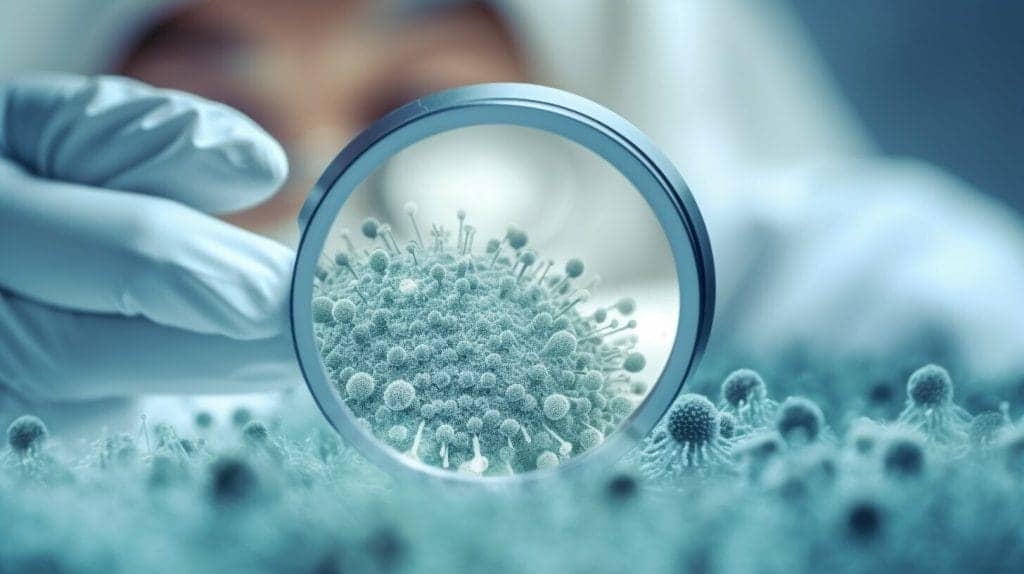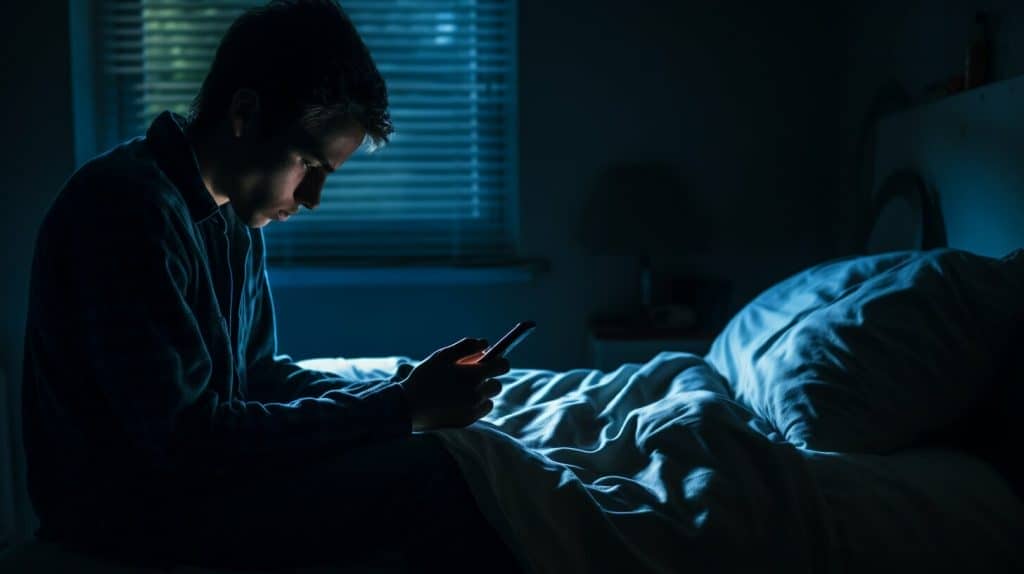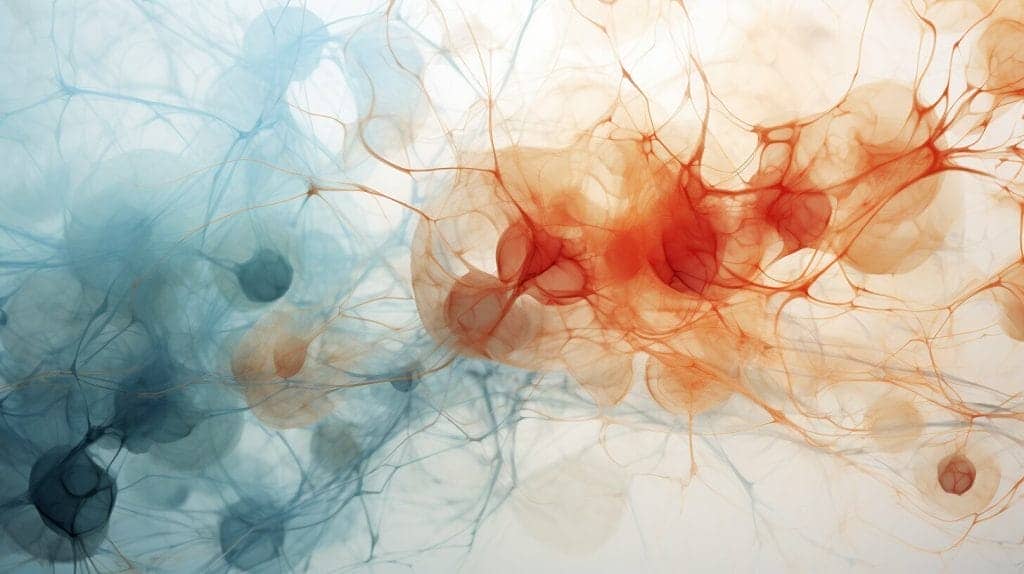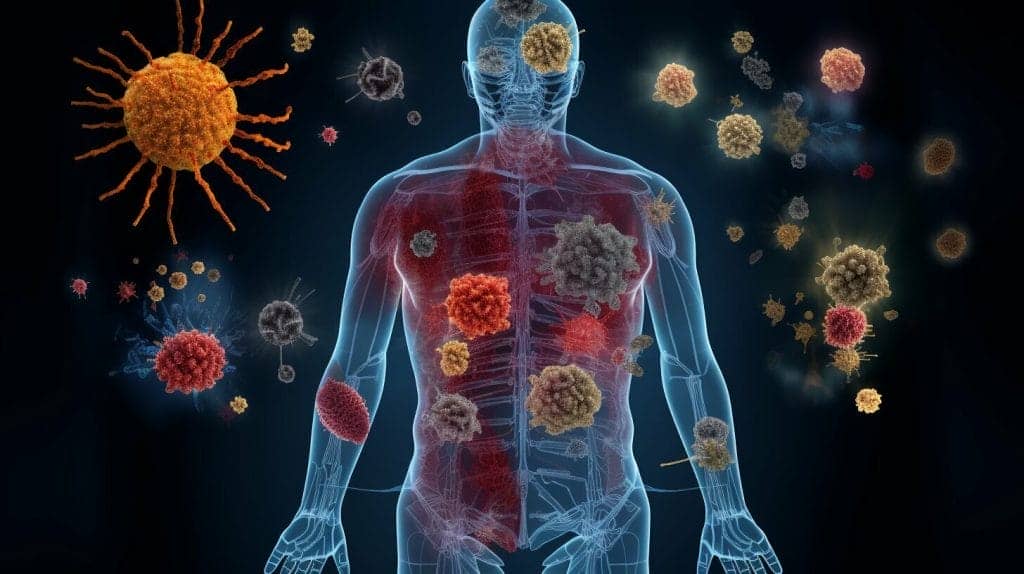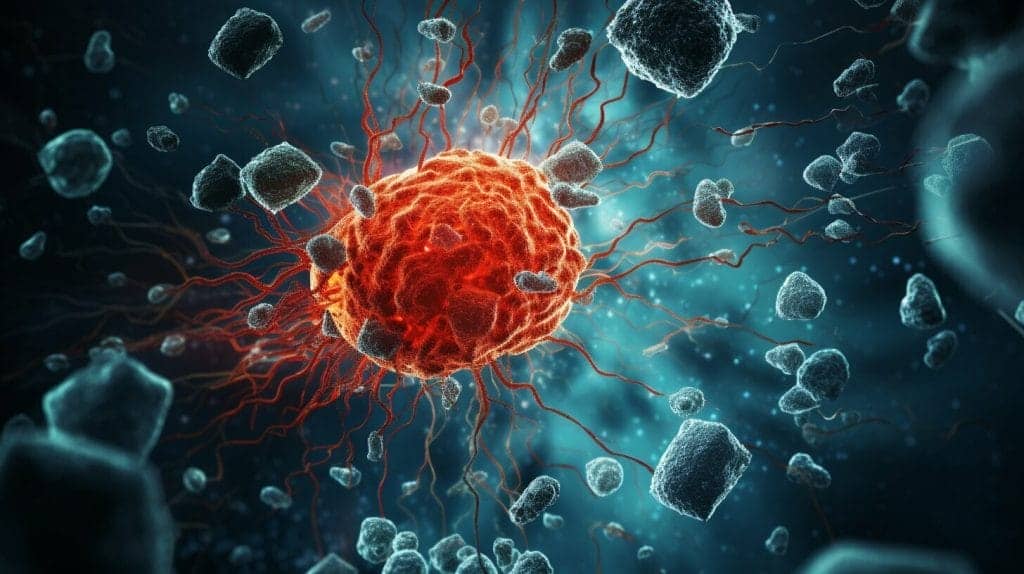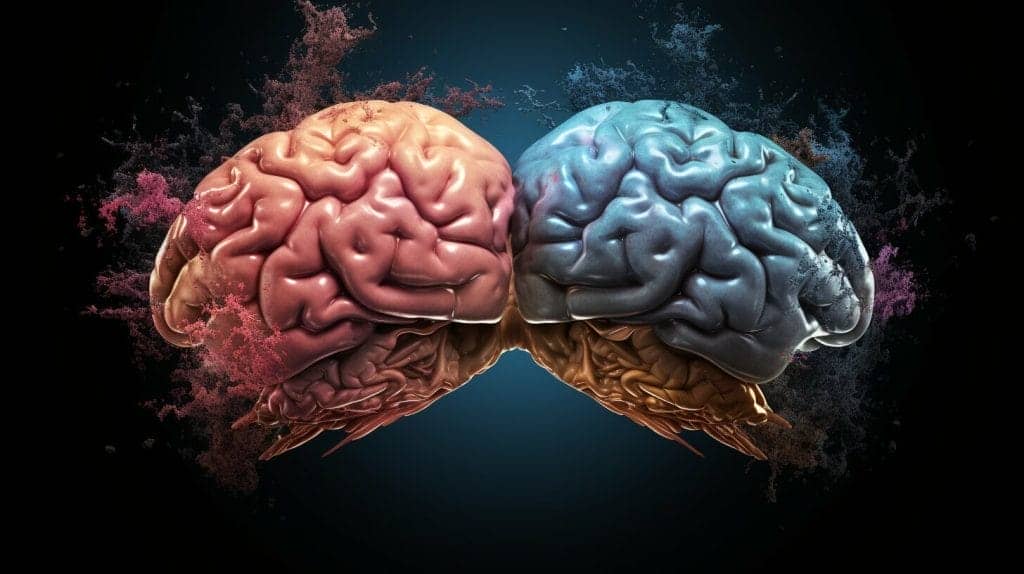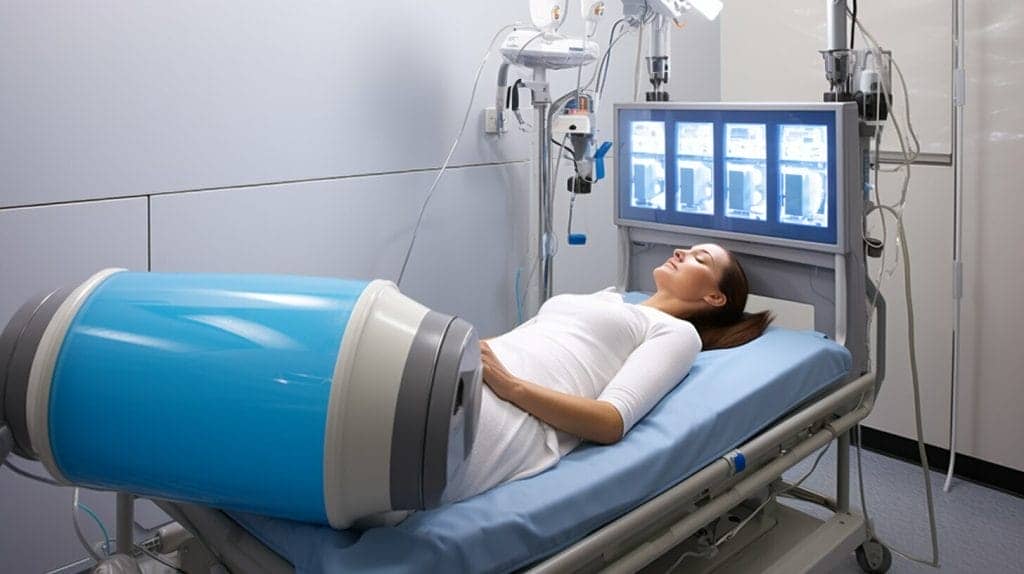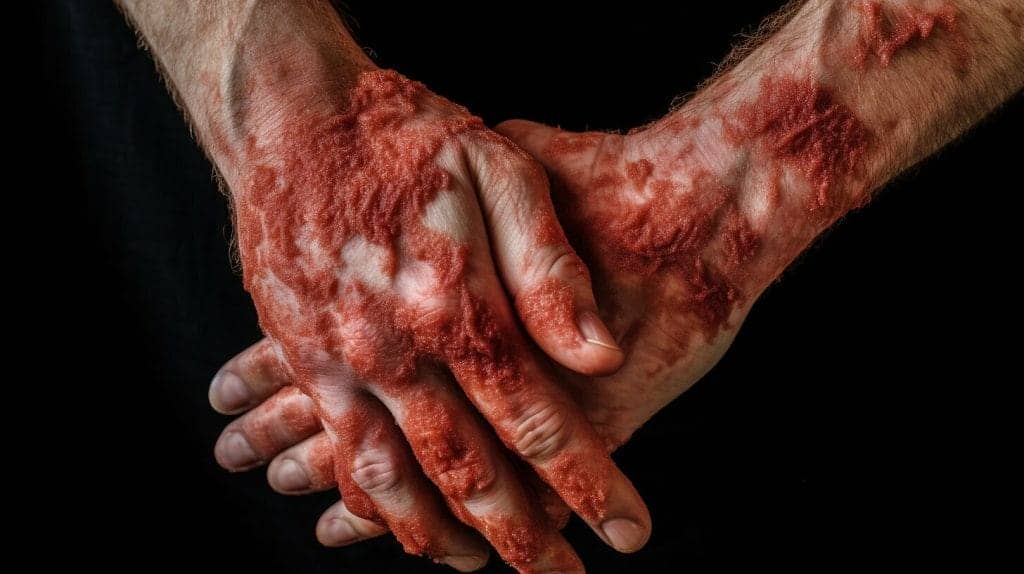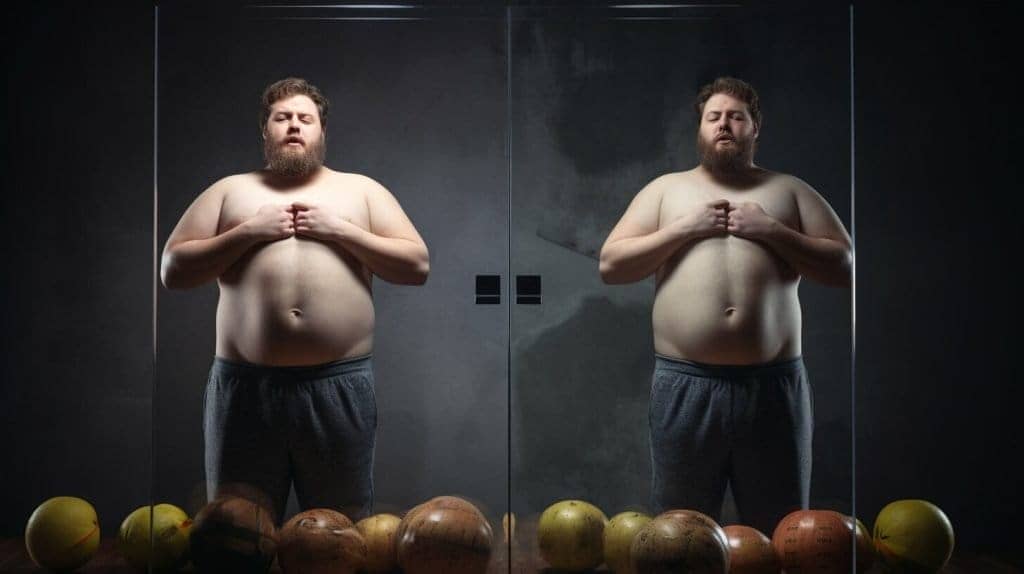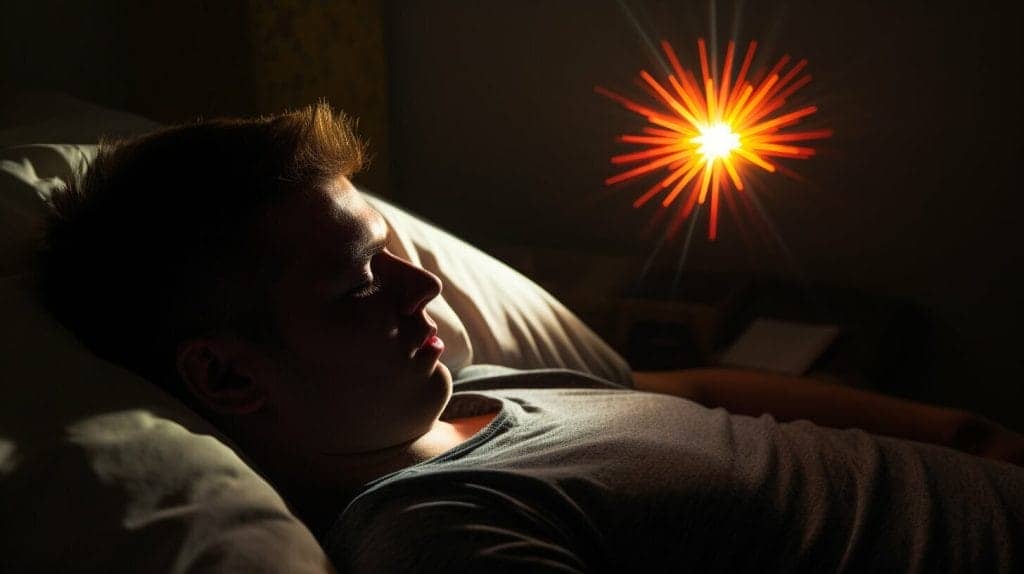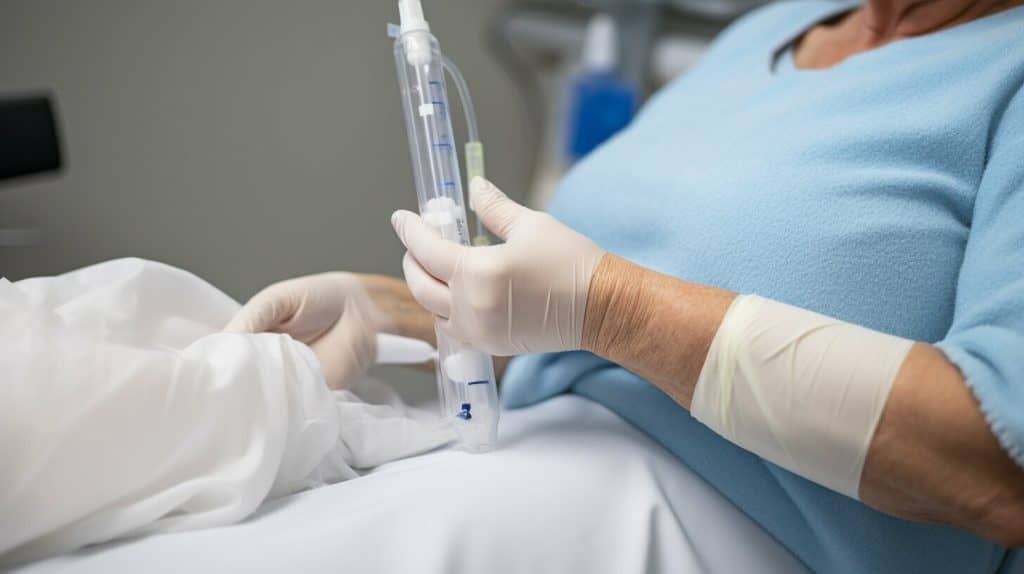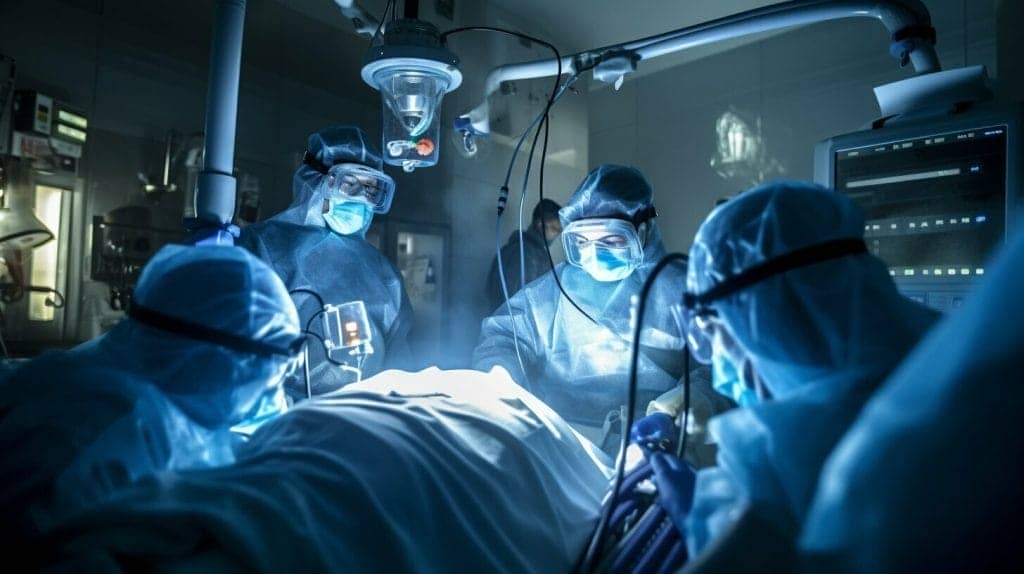As the COVID-19 pandemic continues to pose a threat, people are increasingly concerned about the virus’s survival on various surfaces, including pillows and bedding. Pillow contamination has become a common concern, raising questions about the potential for transmission through contact with contaminated pillows.
In this section, we will explore how long COVID-19 can survive on pillows and other soft surfaces. We will also discuss the factors that can affect virus viability and provide practical tips for reducing the risk of transmission.
Key Takeaways:
- COVID-19 can survive on pillows and other soft surfaces for up to 72 hours.
- The virus’s lifespan on pillows can be influenced by various factors, such as temperature and humidity.
- Regular cleaning, disinfection, and proper handling can help minimize the risk of pillow contamination and virus transmission.
COVID-19 Transmission and Survival on Soft Surfaces
The COVID-19 virus can survive on soft surfaces such as pillows and pillowcases, posing a potential risk for transmission to others. According to a study conducted by the National Institutes of Health, the virus can remain viable on cardboard for up to 24 hours and on plastic and stainless steel for up to 72 hours. However, it is still unclear how long the virus can survive on soft surfaces like pillows.
One thing is certain, though: contaminated pillows can potentially spread the virus, especially when an infected person comes into direct contact with them. It is therefore crucial to understand how long the virus can survive on pillows and how to prevent its transmission through these soft surfaces.
“While we do not have definitive answers, we know that COVID-19 can persist on surfaces for extended periods of time. It is important to take the necessary precautions to protect ourselves and others, particularly when it comes to soft surfaces like pillows.”
Factors Affecting COVID-19 Survival on Pillows
Several factors can influence how long COVID-19 can survive on pillows and other soft surfaces. Understanding these factors can help individuals take appropriate precautions to reduce the risk of transmission.
| Factors | Impact on COVID-19 Survival |
|---|---|
| Temperature | A higher temperature can decrease the virus’s survival rate on pillows. |
| Humidity | The virus can survive longer in high-humidity environments, making it important to keep pillows dry. |
| Material | The type of pillow material can impact virus survival. Some materials, such as copper-infused pillows, may have antimicrobial properties that can reduce the risk of transmission. |
It is also essential to consider how often pillows are used and cleaned. Frequent use without proper cleaning can increase the risk of virus transmission.
Studies on COVID-19 Viability on Pillows
Several studies have been conducted to determine the viability and survivability of COVID-19 on pillows. A study published in The Journal of Hospital Infection found that the virus can remain infectious on surfaces such as pillows for up to three days. Another study conducted by the Centers for Disease Control and Prevention (CDC) discovered that COVID-19 RNA was present on pillowcases and bedding of infected patients, indicating the potential for transmission through contaminated bedding.
Furthermore, a study in The New England Journal of Medicine found that the virus can survive on plastic and stainless steel surfaces for up to 72 hours, and on cardboard for up to 24 hours. While these studies did not specifically test the viability of the virus on pillows, they suggest that soft surfaces such as pillows could potentially harbor the virus for a significant amount of time.
“The findings of these studies highlight the importance of regular cleaning and disinfection of pillows and bedding to reduce the risk of COVID-19 transmission,” says Dr. Francisco Contreras MD, medical director at Oasis Medical Institute.
Best Hygiene Practices for Pillows During COVID-19
Regular cleaning and disinfecting of pillows is crucial to reduce the risk of COVID-19 transmission. Here are some best hygiene practices:
- Wash pillowcases and covers: It is recommended to wash pillowcases and covers at least once a week in hot water (at least 60°C) using a suitable detergent. It is also advisable to use a separate laundry basket for used pillowcases and covers.
- Disinfect pillows: Pillows can be disinfected using non-toxic disinfectant sprays or wipes. However, it is important to read the instructions and use them as recommended by the manufacturer. Alternative methods such as placing pillows in direct sunlight can also help disinfect them.
- Replace pillows: Experts suggest replacing pillows every 1-2 years, depending on usage and how well they have been maintained. Old and worn-out pillows can harbor bacteria and germs, increasing the risk of infection.
Moreover, it is crucial to practice good hygiene habits such as washing hands regularly, avoiding sharing pillows, maintaining social distancing, and wearing masks in public places. These simple measures can go a long way in preventing the spread of COVID-19.
Holistic Approaches to COVID-19 Prevention and Treatment
At Oasis Medical Institute in Tijuana, MX, Dr. Francisco Contreras MD has developed an integrative approach to COVID-19 prevention and treatment. The institute offers a range of holistic treatments that complement conventional medicine, including nutrient-infused IV therapy, ozone therapy, and hyperthermia. Dr. Contreras and his team believe in addressing the whole person, not just symptoms, to achieve comprehensive healing and promote immune system function.
Such integrative approaches have become increasingly popular as people seek alternative methods to prevent and treat COVID-19. Holistic treatments aim to support the body’s natural healing processes, strengthening its ability to fight off infections. By combining different modalities, the treatments provide a multi-dimensional approach to health and wellbeing.
The Oasis Medical Institute’s COVID-19 Treatment Program
If you’re looking for a comprehensive approach to COVID-19 prevention and treatment, Oasis Medical Institute in Tijuana, MX offers an integrative program combining conventional medicine and complementary therapies for optimal care.
The COVID-19 treatment program at Oasis Medical Institute is tailored to individual needs, providing specialized care for each patient. The program includes a range of treatments such as:
| Treatment Type | Description |
|---|---|
| Conventional Medicine | Provide the latest treatments including medication and breathing support. Oxygen therapy (inhalation/oral) is offered to help the lungs recover and to maintain adequate oxygen levels in the body. |
| Complementary Therapies | Include naturopathic and supportive therapies such as ozone therapy, high-dose IV vitamin C, lymphatic drainage, and acupuncture. These treatments aim to strengthen the immune system, reduce inflammation, and promote healing. |
| Psychological Support | Provide multi-disciplinary support to address any psychological concerns related to the condition. Anxiety can be a common symptom of COVID-19 and requires attention and management. |
For more information about Oasis Medical Institute’s COVID-19 treatment program, please call 866-868-1992 or visit their website to book a consultation. Their team of experienced medical professionals is dedicated to providing effective and compassionate care to their patients.
The Role of Pillows in COVID-19 Prevention
Pillows are an essential part of our daily lives, but during the COVID-19 pandemic, they have become a potential source of infection. Understanding the role of pillows in COVID-19 prevention is crucial to maintaining personal hygiene and reducing the risk of transmission.
Proper Pillow Hygiene and Maintenance
One of the primary ways to prevent the spread of COVID-19 through pillows is by practicing proper hygiene and maintenance. Experts recommend washing pillowcases and bedsheets frequently, at least once a week, in hot water and with appropriate detergents. It is also advisable to vacuum and air pillows regularly to remove any accumulated debris.
Selecting the Right Type of Pillow
The material of your pillow can also affect its susceptibility to contamination. Pillows made of synthetic materials, for example, may be more resistant to viral survival than feather-filled ones. It is essential to consider the material of your pillow and use protective covers when necessary to minimize the chances of contamination.
Following Recommended Guidelines
Following the recommended guidelines for COVID-19 prevention is critical in reducing the risk of transmission through pillows. It is advisable to wear a mask, practice social distancing, and avoid sharing pillows or bedding with others. Individuals must also follow proper handwashing protocols and avoid touching their faces to limit the spread of the virus.
Conclusion
Proper pillow hygiene and maintenance, selecting the right type of pillow, and following recommended guidelines are essential steps in reducing the risk of COVID-19 transmission through pillows. By taking these precautions, individuals can protect themselves and others and contribute to the collective effort to curb the spread of the virus.
The Importance of Regular Cleaning and Washing
Proper cleaning and washing of pillows and pillowcases is essential in reducing the risk of COVID-19 transmission. According to studies, COVID-19 can survive on soft surfaces such as pillows for a significant period, making regular cleaning a crucial aspect of maintaining good hygiene.
Experts recommend washing pillows and pillowcases at least once a week in hot water to eliminate the virus effectively. Pillow covers and protectors can also help to reduce contamination and should be washed with the pillowcases.
It is important to use appropriate detergents and follow manufacturer instructions when washing pillows and pillowcases to ensure they are thoroughly cleaned. Pillow stuffing should also be considered when washing pillows, as some materials may require special care.
Regular cleaning and washing of pillows and pillowcases should be practiced even if there is no apparent contamination. This measure can help prevent the buildup of bacteria and other harmful microorganisms that may pose health risks.
Frequently Asked Questions about COVID-19 and Pillows
As the COVID-19 pandemic continues to evolve, many people have questions about how the virus can survive on pillows and other bedding materials. Here are some frequently asked questions and answers:
How long does COVID-19 survive on pillows?
The duration of COVID-19 survival on pillows may vary depending on several factors such as temperature, humidity, and the material of the pillow. According to studies, the virus can survive on cardboard for up to 24 hours and on plastic and stainless steel for up to 72 hours. However, there is limited data on the viability of COVID-19 on soft surfaces like pillows.
Can COVID-19 be transmitted through pillows?
The risk of COVID-19 transmission through pillows depends on factors such as the presence of an infected person, the level of contamination, and the susceptibility of the person who comes into contact with the contaminated pillow. While there is limited research on COVID-19 transmission through pillows, it is advisable to maintain proper pillow hygiene and cleaning practices to minimize the risk of infection.
How often should I clean my pillows during the pandemic?
Experts recommend washing pillows and pillowcases regularly, especially during the pandemic. It is advised to wash pillowcases every other day and pillows at least every six months. However, if someone in the household is infected with COVID-19, it is recommended to wash pillows and pillowcases more frequently and use hot water and appropriate detergents.
What is the best way to disinfect pillows?
The best way to disinfect pillows is by washing them in hot water (at least 140°F) with appropriate detergents. Additionally, using a dryer at high heat settings can also help in eliminating the virus. It is not recommended to use bleach or disinfectants on pillows as they can cause irritation and damage the material.
What type of pillow is best for COVID-19 prevention?
There is no specific type of pillow that is best for COVID-19 prevention. However, pillows with waterproof, removable covers can be helpful in reducing the risk of contamination. It is also important to select pillows that are easy to clean and maintain hygiene.
Staying Informed and Updated on COVID-19 Guidelines
As the COVID-19 pandemic continues to evolve, it is essential to stay informed and updated on the latest guidelines and recommendations. Reliable sources of information include reputable health organizations such as the Centers for Disease Control and Prevention (CDC) and the World Health Organization (WHO).
It is essential to adapt to evolving guidelines and comply with public health measures such as wearing masks, practicing social distancing, and maintaining proper hygiene.
By staying informed and taking proactive measures, individuals can contribute to safeguarding their health and the health of their community.
The Importance of Personal Responsibility in COVID-19 Prevention
As the COVID-19 pandemic continues, it is crucial for individuals to take responsibility for preventing the spread of the virus. While public health measures such as wearing masks and social distancing are essential, personal actions play a significant role in safeguarding the community’s health.
By following proper hygiene practices and regularly cleaning and washing pillows, individuals can minimize the risk of COVID-19 transmission through soft surfaces. It is also important to stay informed and updated on the latest guidelines and recommendations from reliable sources of information.
Ultimately, each individual’s actions contribute to the collective effort to prevent the spread of COVID-19 and protect the well-being of oneself and others. Personal responsibility is essential in ensuring a safe and healthy community amid this ongoing pandemic.
Conclusion
COVID-19 has drastically changed the world we live in and has brought about new concerns surrounding personal and public health. As we navigate through these unprecedented times, it’s essential to stay informed and take proactive measures to protect ourselves and those around us.
This article has provided valuable information on how COVID-19 can survive on pillows, the potential risks, and best hygiene practices to follow. It has also highlighted the holistic approaches to COVID-19 prevention and treatment available at Oasis Medical Institute and the importance of staying updated on the latest guidelines and recommendations.
Remember, taking personal responsibility and adhering to public health measures can make a significant impact in preventing the spread of COVID-19. By following proper pillow hygiene practices, seeking holistic treatments when necessary, and staying informed on the latest guidelines, we can collectively contribute to safeguarding our communities’ health.
FAQ
Q: How long does COVID live on pillows?
A: The lifespan of the COVID-19 virus on pillows can vary, but studies suggest it can survive on surfaces for several hours to a few days. It’s important to follow proper hygiene practices and regularly clean and disinfect your pillows to minimize the risk of transmission.
Q: Can COVID-19 be transmitted through contaminated pillows?
A: While the risk of transmission through contaminated pillows is considered low, it’s still important to take precautions. The virus can potentially survive on soft surfaces like pillows, so maintaining good hygiene and practicing regular cleaning can help reduce any potential risks.
Q: What factors can affect the survival of COVID-19 on pillows?
A: Factors such as temperature, humidity, and the material of the pillow can influence the viability of the virus. Higher temperatures and humidity levels can shorten the lifespan of the virus, while certain materials may provide a more hospitable environment for its survival.
Q: Are there any studies on the viability of COVID-19 on pillows?
A: Yes, several studies have been conducted to understand the viability of COVID-19 on pillows. These studies provide valuable insights into the potential risks and duration of virus survival. It’s important to stay informed and follow recommended hygiene practices based on these findings.
Q: What are the best hygiene practices for pillows during COVID-19?
A: To maintain hygiene and reduce the risk of transmission, it’s recommended to regularly clean and disinfect your pillows. Follow the manufacturer’s guidelines for washing and use hot water and appropriate detergents. Additionally, consider using protective covers and avoid sharing pillows with others.
Q: Does Oasis Medical Institute offer holistic treatments for COVID-19?
A: Yes, Oasis Medical Institute offers holistic treatments for COVID-19. Dr. Francisco Contreras MD, the medical director, combines conventional medicine with complementary therapies to provide a comprehensive approach to prevention and treatment.
Q: How can I learn more about Oasis Medical Institute’s COVID-19 treatment program?
A: To learn more about Oasis Medical Institute’s COVID-19 treatment program and to book a consultation, please call 866-868-1992. The institute’s dedicated team will provide detailed information and answer any questions you may have.
Q: What role do pillows play in COVID-19 prevention?
A: Pillows can play a role in COVID-19 prevention by reducing the risk of virus transmission. Proper hygiene and maintenance, such as regular cleaning and using protective covers, can help minimize the chances of contamination and ensure a safer sleeping environment.
Q: How often should I clean and wash my pillows?
A: It’s recommended to clean and wash your pillows regularly. The frequency can vary depending on usage, but a general guideline is to clean them every 3-6 months. Follow the manufacturer’s instructions and use appropriate washing methods to ensure effective removal of any pathogens.
Q: What are some commonly asked questions about COVID-19 and pillows?
A: Common questions include how frequently pillows should be cleaned, what disinfection methods are effective, and what pillow materials are suitable. It’s important to have accurate information on these topics to make informed decisions and maintain proper hygiene.
Q: How can I stay informed and updated on COVID-19 guidelines?
A: It’s essential to rely on reliable sources of information such as reputable health organizations and government agencies. Stay updated through their official websites, social media platforms, and newsletters. Remember that guidelines may change as new information emerges, so staying informed is crucial.
Q: What is the importance of personal responsibility in COVID-19 prevention?
A: Personal responsibility plays a significant role in preventing the spread of COVID-19. Adhering to public health measures, practicing good hygiene, and following guidelines can collectively contribute to safeguarding personal and public health. Everyone has a role to play in controlling the spread of the virus.
Dr. Francisco Contreras, MD is a renowned integrative medical physician with over 20 years of dedicated experience in the field of integrative medicine. As the Medical Director of the Oasis of Hope Hospital in Tijuana, Mexico, he has pioneered innovative treatments and integrative approaches that have been recognized globally for the treatment of cancer, Lyme Disease, Mold Toxicity, and chronic disease using alternative treatment modalities. Dr. Contreras holds a medical degree from the Autonomous University of Mexico in Toluca, and speciality in surgical oncology from the University of Vienna in Austria.
Under his visionary leadership, the Oasis of Hope Hospital has emerged as a leading institution, renowned for its innovative treatments and patient-centric approach for treating cancer, Lyme Disease, Mold Toxicity, Long-Haul COVID, and chronic disease. The hospital, under Dr. Contreras's guidance, has successfully treated thousands of patients, many of whom traveled from different parts of the world, seeking the unique and compassionate care the institution offers.
Dr. Contreras has contributed to numerous research papers, articles, and medical journals, solidifying his expertise in the realm of integrative medicine. His commitment to patient care and evidence-based treatments has earned him a reputation for trustworthiness and excellence. Dr. Contreras is frequently invited to speak at international conferences and has been featured on CNN, WMAR2 News, KGUN9 News, Tyent USA, and various others for his groundbreaking work. His dedication to the medical community and his patients is unwavering, making him a leading authority in the field.
Contreras has authored and co-authored several books concerning integrative therapy, cancer, Lyme Disease and heart disease prevention and chronic illness, including "The Art Science of Undermining Cancer", "The Art & Science of Undermining Cancer: Strategies to Slow, Control, Reverse", "Look Younger, Live Longer: 10 Steps to Reverse Aging and Live a Vibrant Life", "The Coming Cancer Cure Your Guide to effective alternative, conventional and integrative therapies", "Hope Medicine & Healing", "Health in the 21st Century: Will Doctors Survive?", "Healthy Heart: An alternative guide to a healthy heart", “The Hope of Living Cancer Free”, “Hope Of Living Long And Well: 10 Steps to look younger, feel better, live longer” “Fighting Cancer 20 Different Ways”, "50 Critical Cancer Answers: Your Personal Battle Plan for Beating Cancer", "To Beat . . . Or Not to Beat?", and “Dismantling Cancer.”

